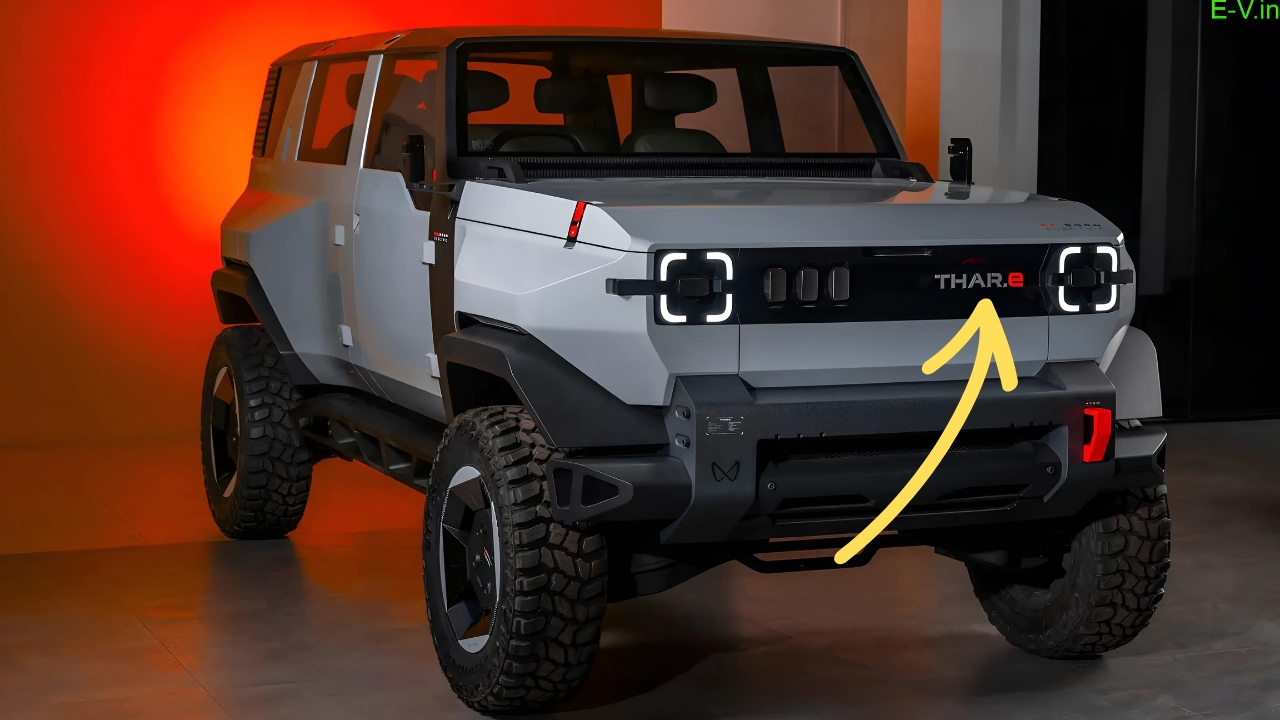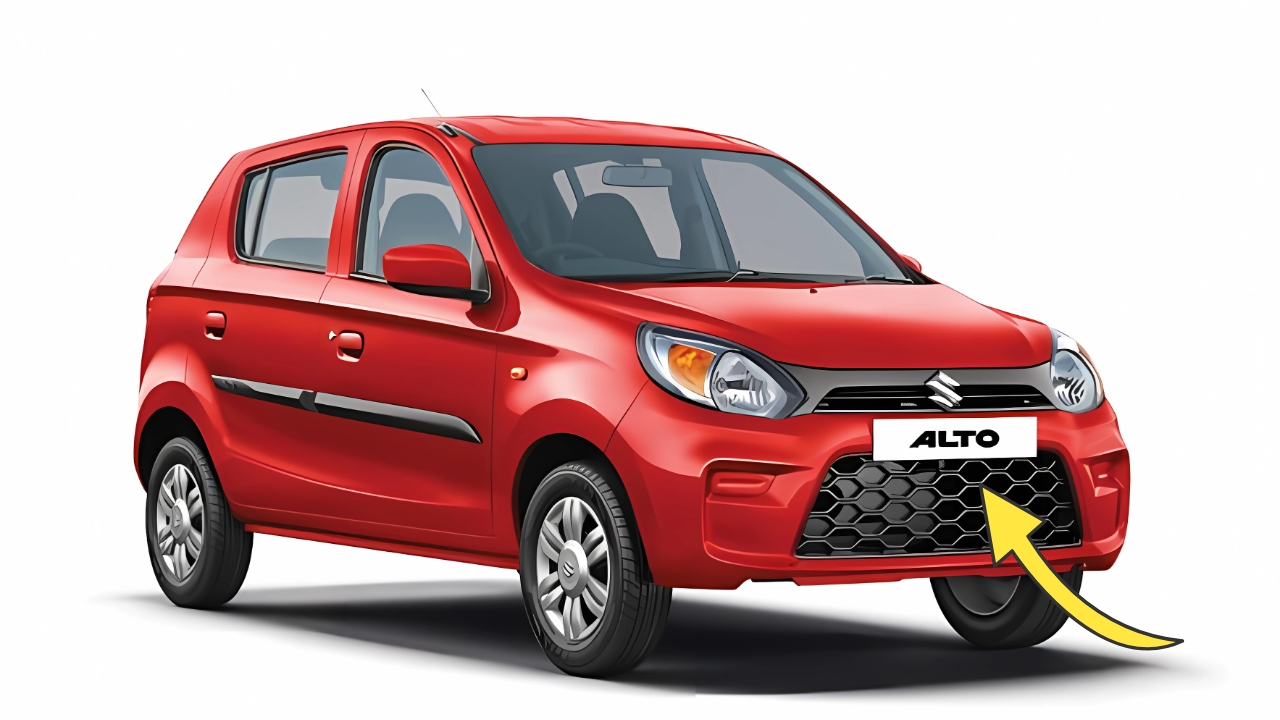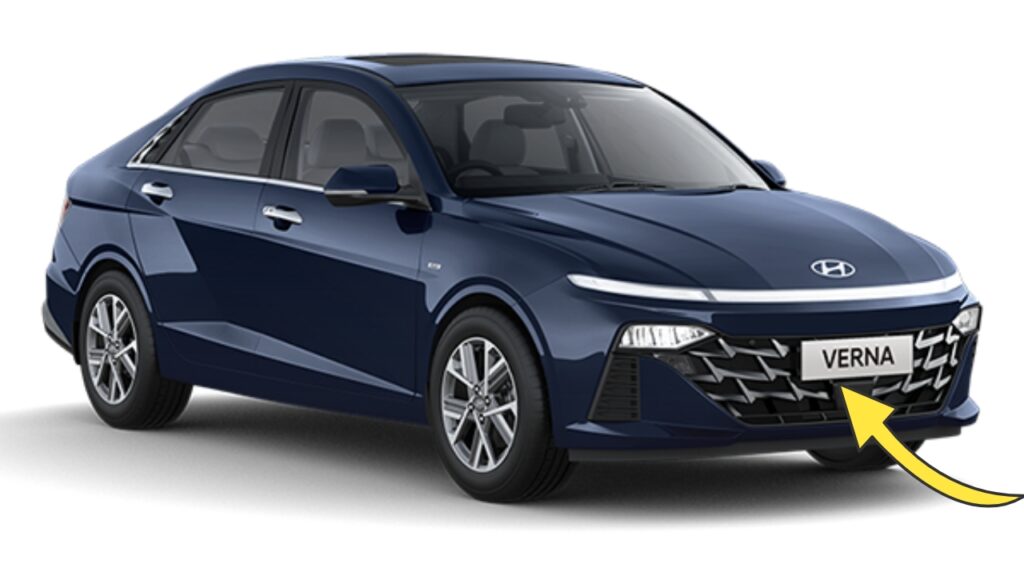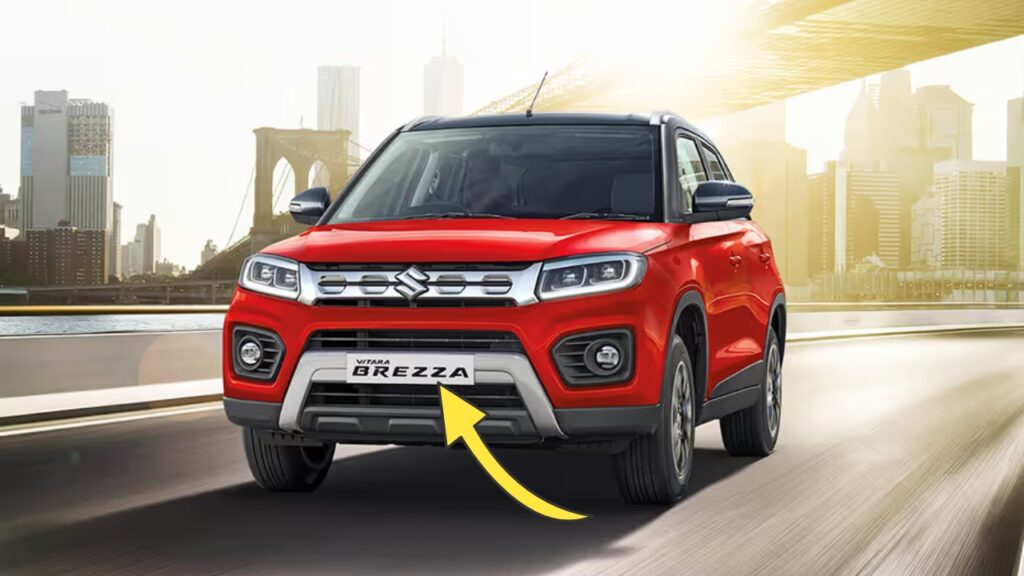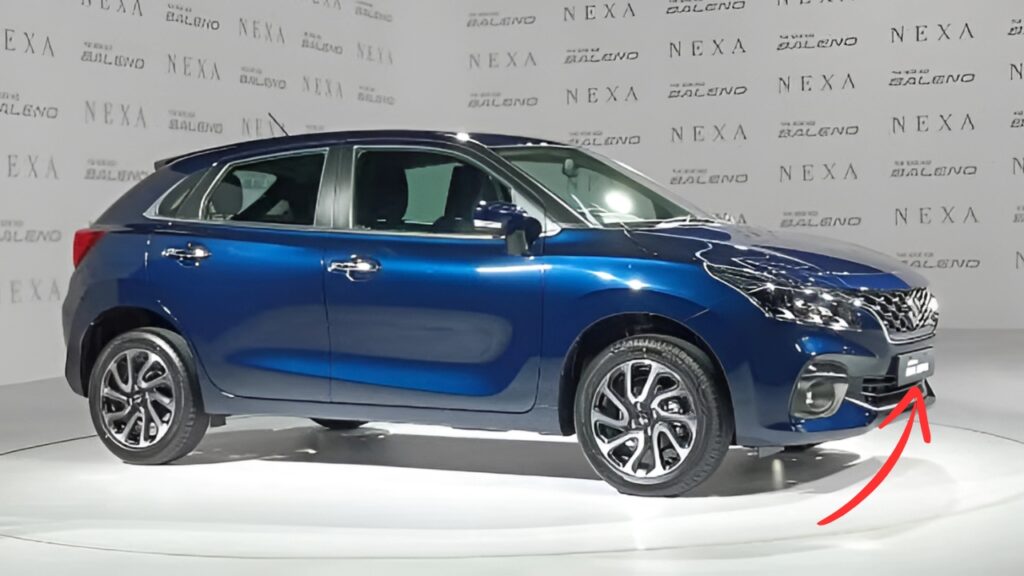Mahindra Thar EV: In a bold move that merges heritage with future technology, Mahindra has unveiled the much-anticipated all-electric version of its iconic Thar SUV.
The Thar EV represents not just another entry in India’s growing electric vehicle market, but a significant statement about the future of off-road vehicles in an increasingly electrified automotive landscape.
Building upon the tremendous success of the second-generation internal combustion Thar launched in 2020, the electric variant aims to retain the model’s rugged DNA while embracing zero-emission propulsion.
Mahindra Thar EV: Heritage Meets Electrification
The Thar has long stood as Mahindra’s tribute to its historic off-road legacy, tracing its lineage back to the license-built Willys Jeep that helped establish the brand’s identity.
With the Thar EV, Mahindra confronts perhaps its greatest challenge yet: preserving the authentic character that enthusiasts cherish while embracing the paradigm shift toward electrification.
What makes this development particularly significant is how it contradicts conventional wisdom about electric vehicles.
Traditionally, EVs have been associated with urban mobility solutions rather than vehicles designed to tackle challenging terrain far from charging infrastructure.
The Thar EV boldly challenges this perception, suggesting that electrification can enhance rather than compromise off-road capability.
Architectural Innovation
The Thar EV is built upon Mahindra’s advanced INGLO platform, specifically modified for off-road applications.
Unlike many EVs that adapt existing internal combustion architecture, the INGLO platform was conceived from the ground up for electric propulsion, allowing Mahindra engineers to optimize weight distribution, structural rigidity, and battery protection—critical factors for a vehicle expected to venture far beyond paved roads.
The platform employs a “skateboard” design with the battery pack integrated into the floor structure, lowering the center of gravity compared to the conventional Thar.
This configuration improves handling characteristics while maintaining the critical ground clearance necessary for serious off-roading.
The battery enclosure features additional structural protection, with composite shielding and reinforced mounting points designed to withstand impacts from rocks and obstacles.
Perhaps most impressive is how Mahindra has maintained the Thar’s distinctive proportions despite the architectural changes.
The design team has preserved the iconic silhouette, short overhangs, and muscular stance that define the Thar’s visual identity, with only subtle modifications that signal its electric powertrain.
Powertrain Specifications
The Thar EV introduces a dual-motor all-wheel-drive system that represents a significant departure from the mechanical 4×4 setup of its combustion counterpart:
| Specification | Details |
|---|---|
| Battery Capacity | 80 kWh lithium-ion with advanced thermal management |
| Motor Configuration | Dual permanent magnet synchronous motors |
| Front Motor Output | 170 hp / 250 Nm |
| Rear Motor Output | 210 hp / 320 Nm |
| Combined Output | 380 hp / 570 Nm |
| Range (ARAI) | 350 km (mixed driving) / 250 km (off-road conditions) |
| Charging Capability | 150 kW DC fast charging (10-80% in 36 minutes) |
| 11 kW AC charging (0-100% in 8 hours) | |
| Water Wading Depth | 650 mm (with specialized battery protection) |
| Ground Clearance | 226 mm (unladen) |
| Approach Angle | 42 degrees |
| Departure Angle | 37 degrees |
| Breakover Angle | 28 degrees |
The dual-motor setup enables more sophisticated torque vectoring than possible with mechanical differentials, allowing precise control of power delivery to each wheel. This system can direct torque not just between axles but between individual wheels, enhancing traction on challenging surfaces.
Off-Road Capabilities Reimagined
The Thar EV introduces several innovations specific to electric off-roading:
-
“Terrain Response Electric” system with specialized calibrations for mud, sand, rocks, and snow
-
One-pedal off-road mode that maximizes regenerative braking for controlled descents
-
Virtual locking differentials that use brake intervention and torque management
-
Selectable crawl speeds with automatic torque modulation
-
Battery reserve mode that preserves 20% capacity for return journeys
-
Portable 2.3 kW power outlet system for camping or recovery equipment
Perhaps most intriguing is the “Trail Energy Optimization” system that analyzes upcoming terrain using front-facing cameras and radar to preemptively adjust power delivery, maximizing efficiency on long off-road journeys where charging infrastructure is limited.
Technological Integration
Inside, the Thar EV balances ruggedness with modern technology:
-
Waterproof 12.3-inch infotainment system with off-road navigation capabilities
-
Augmented reality heads-up display showing terrain information and vehicle status
-
AdrenoX connected car platform with specialized off-road applications
-
Washable interior materials with protected electronics
-
Removable roof panels with integrated solar charging capability
-
Smartphone application for remote monitoring of charging and battery conditioning
The system includes an innovative “Range Assurance” feature that constantly calculates remaining range based on terrain, elevation changes, and driving style, helping to address range anxiety in remote areas.
It can suggest route modifications to optimize energy usage or identify potential charging locations along the journey.
Market Positioning and Strategy
Mahindra has positioned the Thar EV as a premium offering within its expanding electric portfolio.
Rather than serving as a direct replacement for the combustion Thar, the electric variant will initially co-exist as a separate model targeting early adopters and environmentally conscious adventure enthusiasts.
The company’s approach acknowledges several market realities:
-
Initial price premium over conventional Thar models (approximately 30-40% higher)
-
Gradual development of charging infrastructure in adventure destinations
-
Need to educate traditional off-road enthusiasts about electric advantages
Mahindra plans to install fast-charging stations at popular off-road destinations and has announced partnerships with adventure resorts and national parks to develop remote charging solutions, potentially including solar-powered stations in wilderness areas.
Real-World Performance Considerations
Early testing reveals some fascinating characteristics unique to the electric powertrain in off-road scenarios:
-
Instantaneous torque delivery improves obstacle climbing capability
-
Silent operation enhances nature experience and wildlife observation
-
Reduced mechanical complexity potentially improves reliability
-
Regenerative braking reduces heat buildup in friction brakes during descents
-
Precise motor control enables more controlled slow-speed maneuvers
Range remains the primary concern for potential buyers, particularly those accustomed to the extended range provided by auxiliary fuel tanks on expedition vehicles.
Mahindra has addressed this by focusing on charging speed rather than maximizing absolute range, reasoning that shorter but more frequent charging stops align better with typical adventure driving patterns.
Environmental and Conservation Implications
Beyond the zero-emission benefits, the Thar EV’s silent operation offers unique advantages for ecotourism and wildlife areas where engine noise can disturb natural habitats.
Several wildlife sanctuaries have already expressed interest in incorporating the Thar EV into their patrol and tourist vehicle fleets.
The vehicle’s bidirectional charging capability also positions it as a potential power source for remote locations, with Mahindra demonstrating how the Thar EV can power small camps, research stations, or emergency equipment during natural disasters.
Mahindra Thar EV: Pioneering Electric Adventure
The Mahindra Thar EV represents a significant milestone in the evolution of purpose-built off-road vehicles.
Rather than simply adapting an existing model with an electric powertrain, Mahindra has reimagined what an adventure vehicle can be in the electric era, leveraging the inherent advantages of electric propulsion to enhance capability while addressing the unique challenges of off-grid exploration.
While skeptics may question the practicality of electric power for serious off-roading, the Thar EV makes a compelling case that electrification can enhance rather than compromise the adventure experience.
As charging infrastructure continues to expand and battery technology evolves, vehicles like the Thar EV may well become the new standard for responsible exploration of remote areas.
For a brand with deep roots in utilitarian off-road vehicles, the Thar EV represents not just adaptation to changing market conditions but a bold statement about leading the next chapter in adventure mobility.
